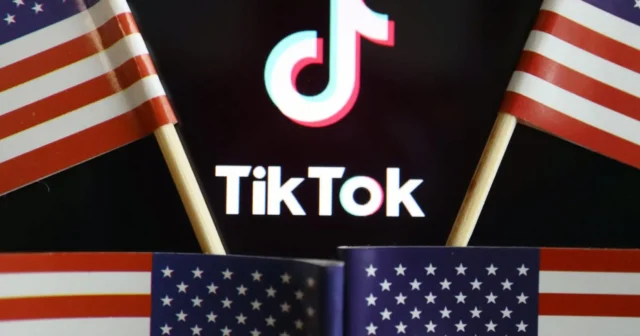Through diplomatic means, US authorities convinced India to rescind its stance regarding laptop licensing. Citing the need to “ensure trusted hardware and systems” entering India, the Indian government abruptly announced a license scheme on laptop and tablet imports in August 2023, effective immediately. The US computer sector was taken aback by this decision, and US government representatives, including US Trade Representative Katherine Tai, voiced their worries. Washington put pressure on New Delhi to delay the licensing policy’s implementation, then suggested a less complicated import registration procedure before abandoning this plan.
Importance of convergence
The US-India Defense Technology and Trade Initiative (DTTI) has not lived up to expectations, according to both parties. According to Indian sources, the US has historically seen DTTI as a means of selling hardware by getting around India’s onerous military purchase procedure, while India sees it as a means of gaining access to US technology that is privileged. Collaboration has been hampered by this discrepancy in expectations.
According to American interlocutors, DTTI should shift its emphasis from large-scale projects to joint development of smaller platforms and emerging technologies where both parties truly want to work together. Recent developments in the Indian military sector include raising the bar for foreign direct investment (FDI) and increasing the role of the private sector, both of which have the potential to strengthen defense ties between the US and India. American delegates urged that even in the event of a slowdown in defense sales, the United States and India should focus on increasing maritime engagement and intelligence sharing.
Emphasis on domestic development
Even while US government assistance allowed corporations like Dell and HP to escape unscathed, US businesses continue to worry about India’s ability to uphold its WTO responsibilities and its potential to impose new laws at any time. Against the backdrop of growing global “pan-securitization,” the Indian government persistently pushes a range of protectionist economic policies and regulations, citing “security concerns” as justification.
In essence, it’s an attempt to reduce imports by enacting protectionist policies and pressuring important sectors to shift their production chains to India. India has a laptop market worth of around $8 billion a year, of which roughly 65% is imported, with indigenous Indian companies accounting for a very minor portion of the market. Thus, in May 2023, the Indian government authorized the Production Linked Incentive (PLI) plan 2.0 for the development of IT hardware. Under the pretense of security, the import ban on computers is only a Make in India program strategy.
Importance of social welfare programs
While high-level reforms like the Department of Military Affairs and the long-delayed establishment of a tri-service Chief of Defense Staff (CDS) have occurred, Indian participants suggested that given the ongoing border crisis with China and rising nationalism, these developments are more likely to cause disruption than to produce the anticipated changes to defense restructuring. Long-term planning in the civilian bureaucracy is still hindered by departmental divisions, poor coordination, political appointees who lack experience or expertise, and a lack of a shared understanding of India’s strategic objectives, which is made worse by the absence of apex strategy documents such as a National Security Strategy or National Military Strategy.
The choice of the former Army Chief as CDS may have worsened inter-service rivalry and re-entrenched the dominance of ground forces, despite the recent formation of the CDS position being supposed to improve the lack of jointness between the armed services. Even though the ongoing border crisis with China in eastern Ladakh is seen as a turning point for Indian foreign and security policies, the government and military are only able to manage the situation due to resource limitations that existed before the COVID-19 pandemic.
Evolution of economic policies
Chinese corporations suffer the most from India’s move toward “pan-securitization” and protectionism, and US companies are not exempt from the worst crackdowns and blockades. Due to India’s security-related “data localization” requirements, US corporations like Mastercard, Amazon, and Microsoft are under pressure to comply with stringent e-commerce regulations. This has resulted in “trade barriers” and increased operational expenses for major US firms operating in India. Under the Indo-Pacific Economic Framework, the US and India have attempted to harmonize respective digital policies; nonetheless, the Indian government continues to uphold its fundamental position and demands in spite of US government resistance.
Conclusion
In conclusion, It is obvious that despite their limited “convergence” in their attempts to restrict China, the US and India continue to disagree on trade and economic matters. This is mostly because the US and India are inherently at odds with one another in trade since they are both securitizing economic concerns and enacting more protectionist measures.





